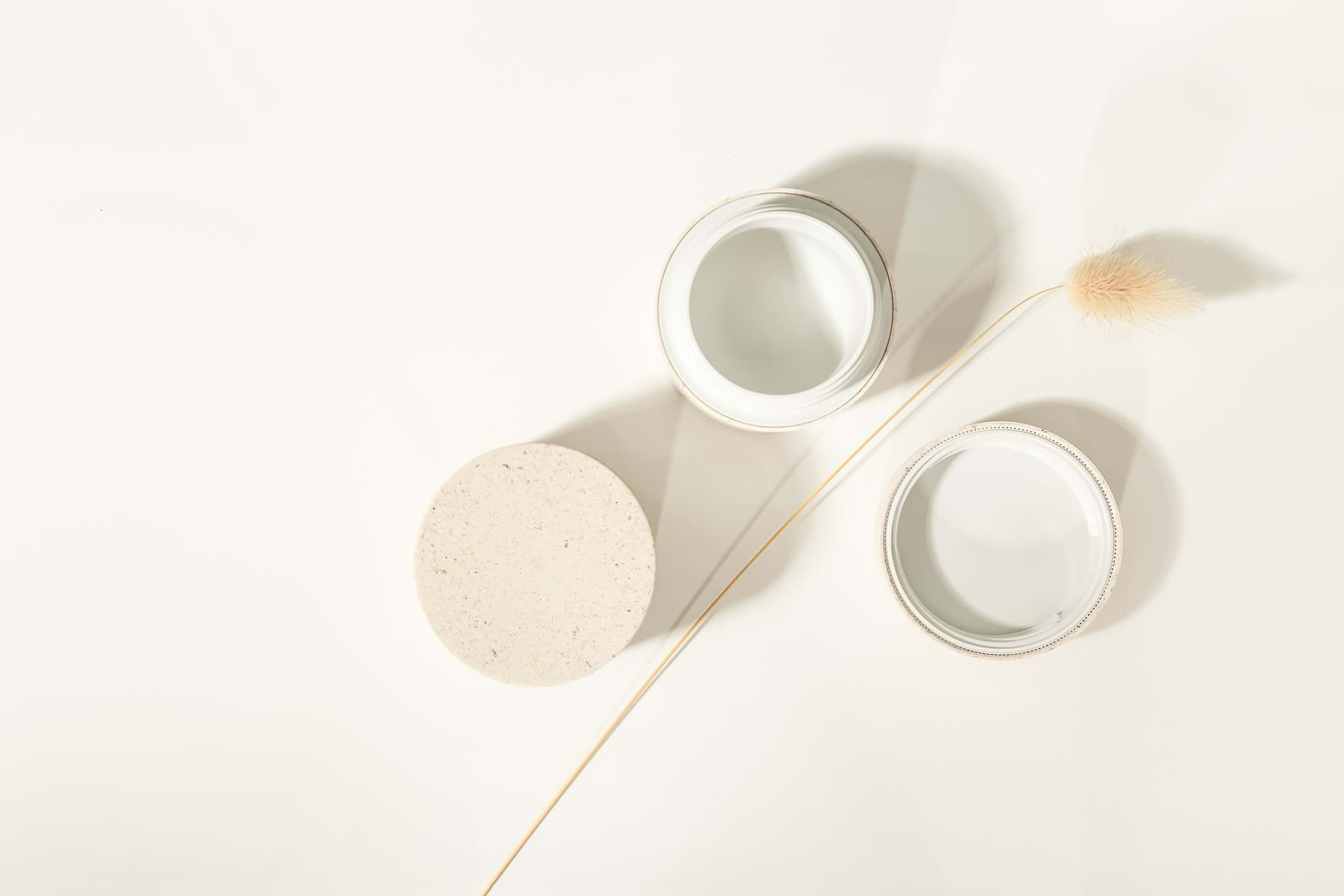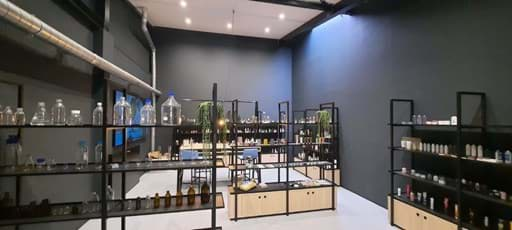
Compostability testing

To enable the visual examination of biodegradation of the Sulapac® jars they were placed into perforated steel tubes (12cm x 40cm) together with compost mass. Steel tubes were placed inside composting tunnel together the normal waste mass. Steel tubes were collected in approximately one-month intervals and the biodegradation of the jars evaluated. The industrial-scale testing confirmed that Sulapac® comply with EN 13432 and is suitable for industrial composting
According to EN 13432 a packaging material demonstrated to be compostable in a particular form, shall be accepted as being compostable in any other form having the same or a smaller mass to surface ratio or wall thickness. The compostability tests have been conducted with Sulapac products with a wall thickness of 4,5mm. To validate the compostability of an item with a larger maximum thickness, a disintegration test must be rerun.
Sulapac material is industrially compostable in accordance with the EN 13432, as shown in the test results of an accredited testing laboratory OWS.
Sulapac products have been tested by independent, accredited testing laboratory OWS following the test regime applied in the Seedling certification process, in accordance with the EN 13432. OWS is a Belgium based laboratory recognized by all certification bureaus worldwide working in the field of biodegradability and compostability.
According to the EN 13432 a controlled pilot-scale test shall be used as the reference test method. A test in a full-scale treatment facility, may, however, be accepted as equivalent. The OWS tests for Sulapac products have been carried out in a pilot-scale setting. The test results show that Sulapac® conforms with the criteria set for compostable packaging as defined in EN 13432, and thus are suitable for composting in industrial compost. Sulapac®’s test results are as follows:
Sulapac®’s test results are as follows:

The ecotoxicity tests to ensure the quality of the end compost of Sulapac® were performed using 2 plant species: barley and cress. No negative effect on the germination numbers or the plant biomass for either barley plants or cress plants was observed.
In addition to the pilot-scale compostability simulations by OWS, tests in full-scale treatment facility have been carried out by Kekkilä. The thermophilic phase of the composting process takes place inside concrete tunnels (6m x 21m) under controlled conditions. Temperature and the amount of oxygen is measured continuously, and the mass is rotated weekly.







